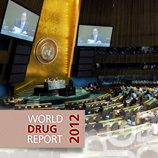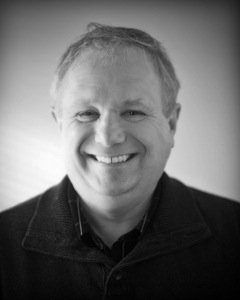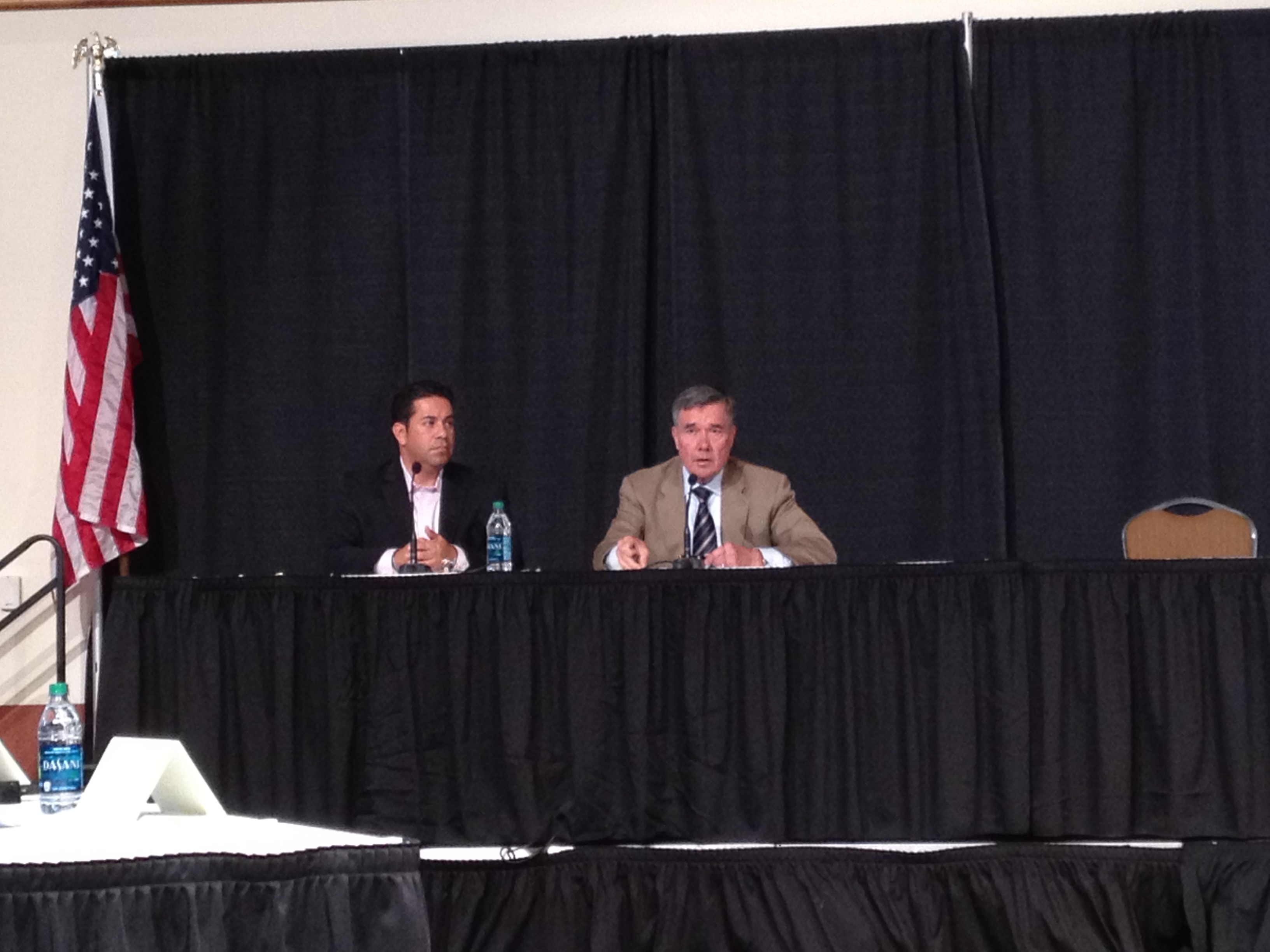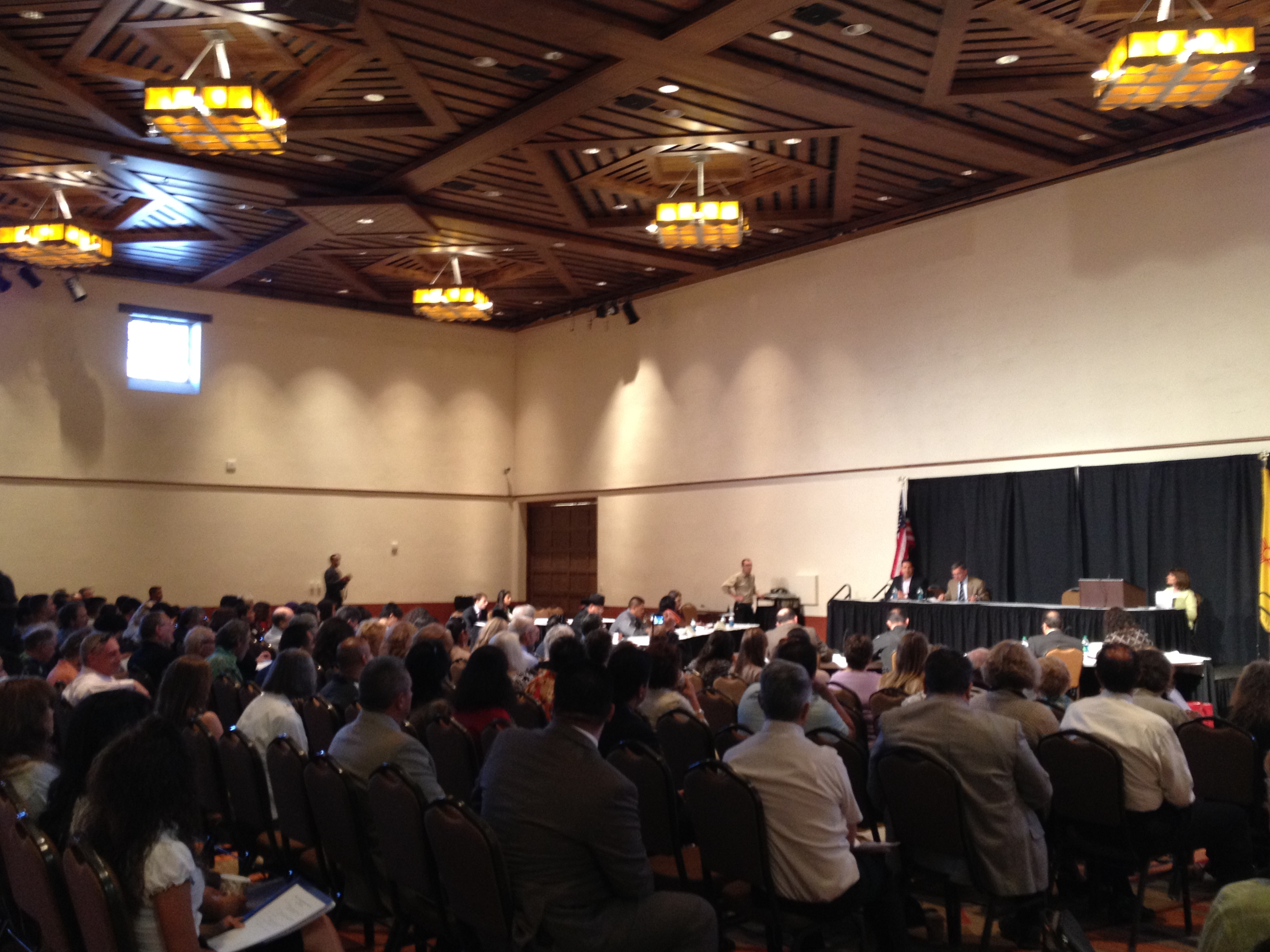ONDCP Blog
Synthetic Drug Update: Congress Moves to Classify “K2” and “Spice” Chemicals as Schedule I Substances
Posted by on June 26, 2012 at 6:05 PM EDTJust a quick update from the Hill—both houses of Congress have now passed S. 3187 which will classify 26 synthetic chemicals—used to make “fake weed,” “K2” ”Spice,” and “bath salts”—as Schedule I substances. Substances classified as Schedule I have a high potential for abuse, have no medical use in the United States, and “lack of accepted safety for use.”
Back in February, we worked with the Partnership at Drugfree.org to put together a toolkit to help parents talk to their kids about the dangers of synthetic drugs. To read more about synthetic drugs, see this page on our site.
Learn more aboutWatch Live: 2012 UN World Drug Report
Posted by on June 25, 2012 at 6:04 PM EDTTomorrow in New York, the United Nations General Assembly will hold a thematic debate on drugs and crime as a threat todevelopment worldwide.

At 10 a.m. EST tomorrow, Yury Fedotov, the Executive Director of the United Nations Office on Drugs and Crime, will launch the 2012 World Drug Report.
The webcast of the event will be streamed on Tuesday 26 June from 10 am - 1pm (first session) and from 3pm - 6pm (second session) EST (New York time) through http://webtv.un.org/. You can join the conversation on Twitter using #WDR2012--be sure to follow @ONDCP and @UNODC for highlights from tomorrow's sessions and from the report.
Learn more aboutHealth IT programs to help fight prescription drug abuse to be tested in Indiana and Ohio
Posted by on June 21, 2012 at 11:01 AM EDTToday in Indiana and Ohio, the Department of Health and Human Services (HHS) launched a pilot program that promises to give prescribers another powerful tool for combating prescription drug abuse. The Enhancing Access to PDMPs Project is designed to test the feasibility of connecting a prescription drug monitoring program to other health information technology (Health IT) systems to help emergency department physicians deliver better and more timely care to patients needing substance abuse treatment.
Prescription drug monitoring programs (PDMPs) are statewide electronic databases that collect, monitor, and analyze prescribing and dispensing data submitted by pharmacies and dispensing practitioners. The programs collect a considerable amount of useful information, but their effectiveness at combatting prescription drug abuse is often limited because prescribers fail to access them.
The purpose of the new project is to help hospital staff quickly identify a patient’s controlled substance history and alert them to patients with a potential addiction to painkillers. The Centers for Disease Control and Prevention (CDC) has declared that prescription drug abuse in the United States is an epidemic. Programs such as this one can address the prescription drug abuse epidemic by expanding timely access to PDMP data and helping doctors provide quality care.
The Enhancing Access to PDMPs Project was created through the joint efforts of public sector and private industry experts who participated in the White House Roundtable on Health IT and Prescription Drug Abuse in June 2011. Later that month, the HHS Prescription Drug Abuse and Health IT Work Group of the Behavioral Health Coordinating Committee followed up with an Action Plan for Improving Access to Prescription Drug Monitoring Programs through Health Information Technology. The pilot program launched today in Indiana and Ohio is managed within HHS by the Office of the National Coordinator for Health Information Technology in collaboration with ONDCP, CDC, and the Substance Abuse and Mental Health Services Administration.
Read more about the Enhancing Access to PDMPs Program here. More information about prescription drug abuse is available on ONDCP’s website here.
Learn more about , Foreign PolicyA Veteran’s “Father’s Day Thank You” to his Girls
Posted by on June 17, 2012 at 8:00 AM EDTEditor's note: In honor of Father's Day, we have two posts today about fatherhood, family, and recovery. This post comes from Bob Curry, a Vietnam veteran in recovery and the founder of Dryhootch, a veterans' network. Notes from his two daughters, Amy and Kristy Curry, are included in the following post.
During the past year, I’ve had the honor to be a part of both of my daughters’ weddings. There was a time when I believed that would never be possible.
As a young solider more than three decades ago, I left Vietnam and shut the door on all that happened there. I moved on to the promises of life that every American hopes to enjoy. I married my high school sweetheart, finished college, and got a great job at an iconic American tech company. Soon after, my wife and I bought our first home and our two beautiful daughters joined us.

Life was great; the war was a distant memory, and my family was flourishing. We were fortunate—my wife was able to stay home with our girls and we both spent as much time as possible with them. We enjoyed weekends at home, and our parties revolved around the family; drinking was never an issue.
It was never an issue, that is, until the drums of our wars in the Middle East began to beat and the demons of my own war experience demanded my attention. It was like a switch was flipped in my head. Images and reports of these new wars became intertwined with my own memories, and I found myself withdrawing from my family. I found alcohol could calm the storms in my head, at least for a while. Denial is the hallmark of an addicted person, everyone else around you knows what going on; and the only one you are fooling is yourself. My daughters, then in college, along with my wife, watched me self-destruct but were powerless to stop me. They couldn’t talk to me anymore, and they couldn’t understand me. They could only suffer and watch my descent into darkness.
A dad often thinks of his daughters as his “little” girls, who need to be protected and shielded from the world. Yet, when my life collapsed, I learned that my “little girls” were in fact women capable of protecting me. Who was strong when I no longer had hope? Who refused to quit when I had given up? Who reached out to other veterans to get me help for Post-Traumatic Stress Disorder from a war that refused to let me go? My daughters and wife are the ones who fought for me when I was convinced my fight was over.
It has been a long journey. They say that life is ten percent what happens to us and ninety percent how we react to it. These women reacted when I was unable, while their own lives crumbled underneath them. They have given me the greatest gift a father could ever hope to receive on Father’s Day. They gave me their unconditional love. And now, more than nine years sober, I now help other veterans deal with their struggles, and I’ve rebuilt my relationship with my daughters.
There is hope for those struggling with addiction and mental disorders. In my case, my girls and my wife—and the veterans and doctors they reached out to— were my hope. They made it possible for me to regain my sanity and sobriety. My girls give me a Father’s Day gift every day of my life. They give me their love. They’ve given me today. And I will be eternally thankful.
 Learn more about
Learn more aboutA Father’s Day Message from Two Daughters to their Dad
Posted by on June 17, 2012 at 8:00 AM EDTEditor's note: In honor of Father's Day, we have two posts today about fatherhood, family, and recovery. This post comes from Amy and Kristy Curry, daughters of Bob Curry, a Vietnam veteran in recovery and the founder of Dryhootch, a veterans' network .
From Kristy Curry:
Father's Day has a new meaning in my life. To me, it means my dad's rebirth. He is back—I can see it and sense it. He is healthy, happy, and passing his gift of recovery and hope on to hundreds (if not thousands) of others. I do not doubt for a second that he will touch a million lives with his story.
My father has always been the strong one—the one that took care of everyone else, often at his own expense. When I saw an addiction start to take control of him, it was like watching someone slowly shutting him away. Trying to understand his past in a war that we knew little about was frustrating. How could something from so long ago, something he never talked about, be destroying his life 25 years later? Not until we contacted other veterans did we start to understand that we were not alone; that he was not alone. Had it not been for his fellow veterans willing to sacrifice their time and energy to help others, I believe I would have lost my father.
I am proud to say that my father has done the unimaginable. He has overcome his addiction with grace and power. He has overcome his pride to tell others his history in the hope that it will empower them to take a better path in their own lives.
My father is my hero. He not only saved himself, he is saving lives every single minute of every day. He is selflessly and tirelessly working to rewrite the future for all veterans. Father's Day was always special, but it now carries the additional meaning of survival and strength. I love my father and am proud to brag about him as much as I can.
From Amy Curry:
For me, Father's Day is a time to celebrate the incredible things my dad has accomplished and overcome. It’s also a time to reflect on his mission for other military fathers, mothers and families.
My dad has always been a great father—he has supported our family from the beginning, and was a constant presence in our lives as my sister and I grew up. We were lucky that my dad was able support the family and my mom was able to stay at home with Kristy and me. That’s a gift I would not trade for the world.
We never knew much about his time in the Army, and he didn't really like to talk about it. Many years after he left Vietnam, my dad began to drink—something he never had done in the past. It came out of the blue and it didn't stop. There were ups and downs and we kept hoping he would get better.
My sister, mom and I did everything we could to help, but it seemed that nothing we did could get through to him. The worst thing about addiction is watching what it does to the person you love and thought you knew so well. Addiction doesn’t just take that person away, it spreads destruction to the people who love him most.
After years of struggle, we learned that my dad’s addiction stemmed from Post- Traumatic Stress Disorder (PTSD). If only we had known sooner. With the support of his fellow veterans, we were able to get the treatment my father finally needed. His military family encouraged him to draw on his own strength on the path to recovery. Now it’s my dad's mission in life to help those who may be headed down the painful path he and many veterans endured.
He works tirelessly for his cause in raising awareness for PTSD and the needs of our veterans. He knows what will happen if they are ignored and doesn't want to see it happen to another generation.
I am extremely proud of my father and what he has been able to accomplish. I have no doubt that he will continue to do great things for our veterans and continue to be the loving supportive father he has always been to our family.
Learn more aboutA Story of Recovery and a Message of Father’s Day Thanks
Posted by on June 15, 2012 at 5:52 PM EDTEditor’s Note: In honor of Father's Day, we'll be posting three messages about fatherhood, family, and recovery. This first post comes from Jackson Wiese, who is in recovery and is interning at the National Youth Recovery Foundation. Check back Sunday for a post from Bob, Amy, and Kristy Curry.
I gagged as I threw up again and again. The alcohol was killing me. I was lying on the bathroom floor in my own vomit, unable to move, completely paralyzed. I heard my dogs run to the front door. The door opened and I heard my Dad’s voice. “Move, Boo! Bad dog!” he screamed. I sighed with relief that someone was there to help me.
This is what my relationship with my father was like: avoidance, punctuated by moments of trauma. He is no stranger to addiction, but the two decades he spent beating his own disease could not prepare him for a tremendous guilt he felt—the guilt of watching me die from the same disease he was convinced his father had given him. He never said it to me, but I knew. He blamed himself for my descent to rock bottom.
My dad didn’t say a word as he picked me up and carried me to the couch. He was cracking; my sickness was making him sick, too. The pain in his eyes, the dark circles underneath them, and the drained look on his face told me something that I could not see before. He, like me, was getting dragged into the darkness—this time not by his addiction, but by mine.
The next day after another violent binge, I awoke to my dad crying beside me. “I’m watching you drown in the ocean. And I can’t swim,” is all he said. I was rotting away physically, but I was killing my dad emotionally.
That was then. Now, I’m just shy of four months clean, and I think about how things used to be. I smile a bit, knowing I have made it out of the depths of hell. I smile because I’m beginning to repair a bridge with my father— one which I thought had been burned to ashes.
I am overwhelmed as I try to write a few paragraphs that explain the change in my dad since I entered recovery. As I sat down to write this, I received a text message from him. It was a picture of him on the summit of a mountain with the words “Mt. Quandary. 14,000 ft.”

At my desk, I took a moment to study the picture, and I was struck by its beauty. Four months ago, my dad wasn’t able to go to work because he was staying at home to watch me, preparing for that moment when he found me dead from an overdose. Now he is climbing mountains—refreshing his soul.
In the photo, his arms are in the air, celebrating the ascent of Mount Quandary. He looks like a new person, bright-eyed and unworried. He is smiling for the first time in a long time. It’s the picture of a father freed from the fear of losing a son. It’s the picture of a father able to live his own life again.
I made it back to the shore, Dad. We can now walk on the beach together. Happy Father’s Day.
Learn more aboutThe Importance of Substance Use Prevention in America’s LGBTQ Community
Posted by on June 15, 2012 at 3:50 PM EDTAccording to a report by the Centers for Disease Control and Prevention, gay, lesbian, and bisexual high school students are at higher risk for alcohol and drug abuse than heterosexual students. (Read a press release about the report here.)
Today, during Pride Month, I was pleased to meet with leaders and advocates from the LGBTQ community to talk about substance use and other important issues facing those who are “differently” oriented. I told them how proud I was to work for a President who has made more LGBTQ appointments than any before him and whose Administration is committed to securing equality for all citizens, regardless of race, creed, or sexual orientation.
We also talked about the importance of prevention – stopping substance use before it begins and identifying drug-related problems early. Alcohol and drugs can wreak havoc on even the most supportive and nurturing environments, so it is crucial for these young people, and indeed for all Americans, to remain vigilant against the threat.
The Obama Administration has made drug-use prevention one of our top priorities and has devoted substantial resources to supporting community-based coalitions around the country through the Drug Free Communities Support Program. These coalitions work to address local health and safety issues, including those faced by LGBTQ youth.
Among the other powerful tools available for preventing substance abuse is ONDCP’s “Above the Influence” Campaign, which gives teens information and a national platform to talk about staying above the influence of drugs and alcohol.
The Administration realizes there are significant gaps in understanding about the LGBTQ community. Although we’re clearly moving in the right direction, we must continue to seek culturally appropriate strategies and provide prevention, treatment, and recovery services for all Americans struggling with substance use problems.
Learn more about , , Economy, Foreign PolicyNo Shortage of Good Ideas at New Mexico Town Hall Meeting on Combating Substance Use
Posted by on June 14, 2012 at 10:34 AM EDT
Yesterday, ONDCP Director Gil Kerlikowske visited Santa Fe, New Mexico, where he participated in a town hall meeting with Rep. Ben Ray Luján, who represents that state’s 3rd District and serves as 2nd Vice Chair of the Congressional Hispanic Caucus. The meeting brought together law enforcement officials, youth, treatment providers, prevention specialists, and tribal leaders to discuss the threat of substance abuse and their shared task to confront it.
Participating in the roundtable discussion, which was moderated by Former Family Court Judge Margaret Kegal, were members of the Santa Fe community, including Dr. Nancy Sanchez from the U.S. Attorney’s Office; Lawrence Medina, Executive Director of the Rio Grande Alcoholism Treatment Program; Lt. Eric Garcia of the New Mexico State Police; former Pueblo Governor Gil Vigil of the Santa Fe Indian School; Jonathan Hale, Chair of the Navajo Nation Health, Education, and Human Service Committee; Moneka Stevens, Program Director for the NM Youth Alliance/NM Forum for Youth Community; and Farmington City Councilman Dan Darnell.

Members of this broad coalition were of one mind on the importance of working together to pursue a public health approach to substance use that ensures timely and adequate care for families, neighbors, military veterans, and children. Participants also emphasized the need to provide opportunities for young people as well as positive anti-drug messaging to counter the steady stream of pro-drug messages in the media.
Insights gained through conversations with people across the spectrum of American society help shape development of the National Drug Control Strategy,the blueprint for drug policy in the United States. Through this continuing dialog, the Strategy becomes truly a national document – reflecting the thoughts, ideas, and hopes of Americans from coast-to-coast, revealing the full scope of our country’s drug threat, and setting a clear course for government action.
A Visit to Haven for Hope
Posted by on June 12, 2012 at 3:23 PM EDTToday, I visited San Antonio, Texas, to discuss the Obama Administration’s emphasis on treatment and prevention as part of national efforts to reduce drug use and its consequences. During my stay, I stopped by Haven for Hope– a non-profit organization dedicated to transforming the lives of homeless men, women, and children by addressing the root causes of homelessness through education, job training, and behavioral health services.
As the Nation’s largest campus of its kind, Haven for Hope provides the care and resources that homeless Americans need to overcome substance abuse. I had the honor of touring the campus and discussing Haven for Hope’s success in helping substance users recover from the ravages of addiction.
The important work done at Haven for Hope underscores that we must treat America’s drug problem as a public health issue, not just a criminal justice one. Haven for Hope is a shining example of why it’s important to take this approach and to recognize that recovery is essential to tackling the country’s drug problem. Too many people suffering from addiction aren’t able to receive adequate treatment, so it’s refreshing to see programs and facilities focused on increasing access to treatment for people who need it most.
The 2012 National Drug Control Strategymarked a significant shift in the way we approach the drug problem, with an emphasis on treatment and recovery. To support this shift, the Obama Administration has committed more than $10 billion in FY 2012 for drug education programs and support for expanding access to drug treatment for people suffering from substance use disorders. As we move to put these plans into action and prepare the next Strategy, I look forward to working alongside Haven for Hope and other admirable organizations that are helping those burdened with substance use problems get the care and support they need.
Lifting Stigma and Celebrating Recovery at Betty Ford Center
Posted by on June 11, 2012 at 2:00 PM EDTToday I had the privilege of speaking at the Betty Ford Center in Rancho Mirage, California, to treatment and recovery specialists from around the country about the Obama Administration’s support for the vital work they do. I cannot overstate my admiration and appreciation for the efforts of these dedicated professionals to help people in recovery from substance use disorders.
Their work, in fact, aligns precisely with the Obama Administration’s approach to drug policy – a balanced, 21st century strategy that views substance use not as purely a law enforcement matter, but as a complex public health and public safety issue that must be addressed as such. The Administration’s inaugural National Drug Control Strategy, released in 2010, changed the way the Federal Government perceives and responds to the drug problem. In the past, the debate about drug control lurched back and forth as if between two incompatible extremes—drug legalization on one hand and heavy law enforcement on the other. Lost in the argument was the immense value of a policy guided by science and the tenets of mental and behavioral health care. Also neglected in that old-school “either-or” debate were the hundreds of thousands of people in treatment and recovery who are working hard to break free from the grips of substance use and reclaim their lives.
The 2010 Strategy captured the nuances between those stark extremes and, for the first time, brought recovery to the center of national drug control policy. As a further measure of the Administration’s new direction and commitment, it also called for creation of a special team within ONDCP devoted exclusively to recovery issues.
Over the past three years, we have continued on the course set in that first Strategy, tightening our focus on recovery and setting forth clear recovery-oriented goals. These goals include expanding access to recovery support services; identifying and addressing barriers to recovery in the community, and fostering the development of recovery-oriented systems and services. In April, my office released the 2012 National Drug Control Strategy, which outlines an array of innovative and evidence-based health and safety approaches to our Nation’s drug problem, supports alternatives to a law-enforcement-centric “war on drugs,” and gives treatment and recovery the attention they deserve.
The new Strategy also defines 113 specific actions to be undertaken throughout the Federal government to reform U.S. drug policy through innovative and evidence-based public health and safety approaches, which include reviewing laws and regulations that impede recovery from addiction, improving access to drug treatment, and expanding community-based recovery support programs.
Central to the new Strategy is a clear understanding of the nature of addiction. Drug use, of course, begins with personal choice and deliberate action. However, research has shown that the addiction that can come as a consequence of drug-using behavior is a chronic disease that, like many diseases, can be treated – even defeated.
The Betty Ford Center, which opened in 1982, provides treatment and recovery services for alcohol and other drug dependencies and boasts more than 90,000 alumni around the world. It grew out of a dream by its founder, an inspirational leader who was not afraid to break taboos and speak out on issues that affect the lives of millions of people who might otherwise be left in the shadows. It is only fitting that the Center that bears her name should be the setting for our discussion about the important role of recovery in our Nation’s struggle against substance use.
- &lsaquo previous
- …
- 14
- 15
- 16
- 17
- 18
- 19
- 20
- 21
- 22
- …
- next &rsaquo